The Defensive House: Building Against the New Climate Reality
A practical guide to modern resilient architecture, exploring how architects use elevated foundations, hurricane strapping, super insulation, and fire-resistant materials to protect homes from intensifying storms and heat.
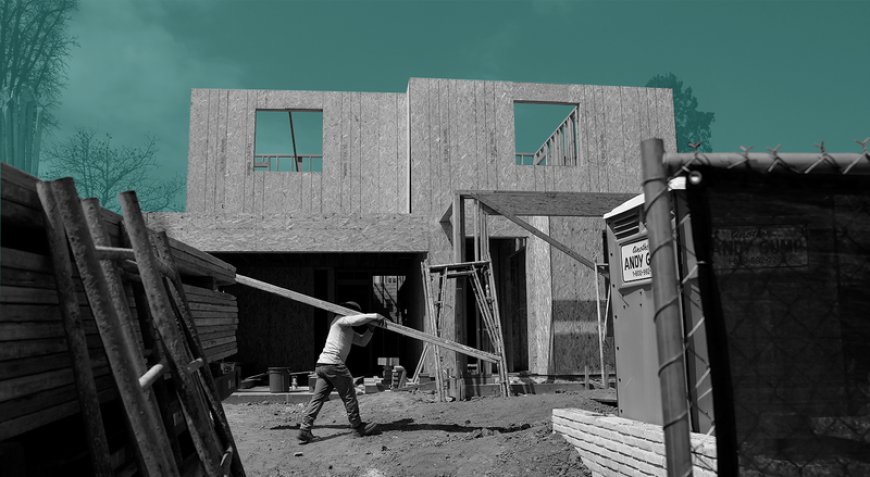
Practical, structural, and material strategies architects are using now to protect homes from specific, intensifying weather threats (flooding, high winds, heat).
The Defensive House: How Architects Are Battling Extreme Weather
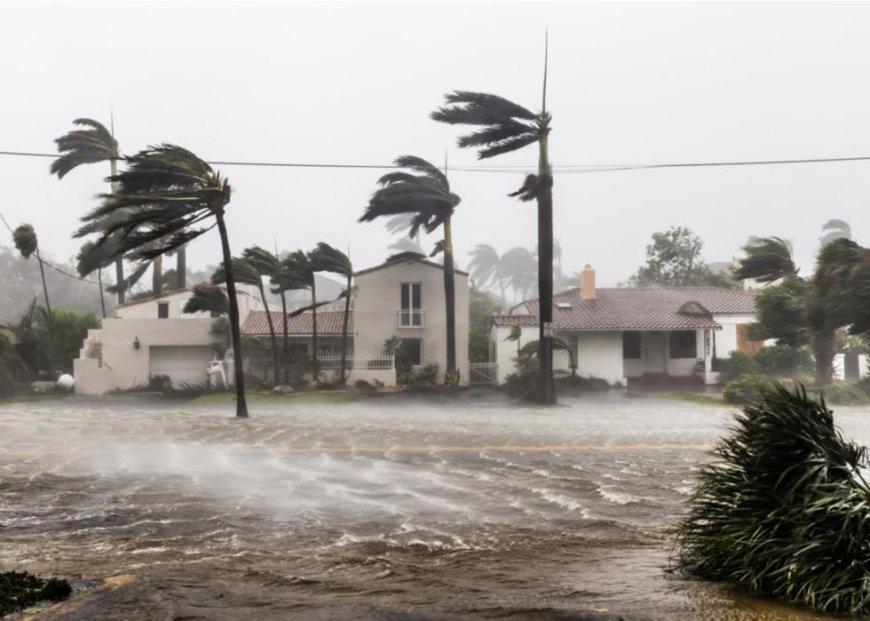
We all know the climate is changing, but for architects and builders, this isn't abstract science—it's a brutal reality check. The old building codes, designed for the weather of the 1950s, simply don't cut it when facing 150-mph hurricanes, historic floods, and unprecedented heat domes. Designing for resilience isn't a trendy add-on; it's the new baseline for responsible construction.
Battling the Water: Elevation and Wet Proofing
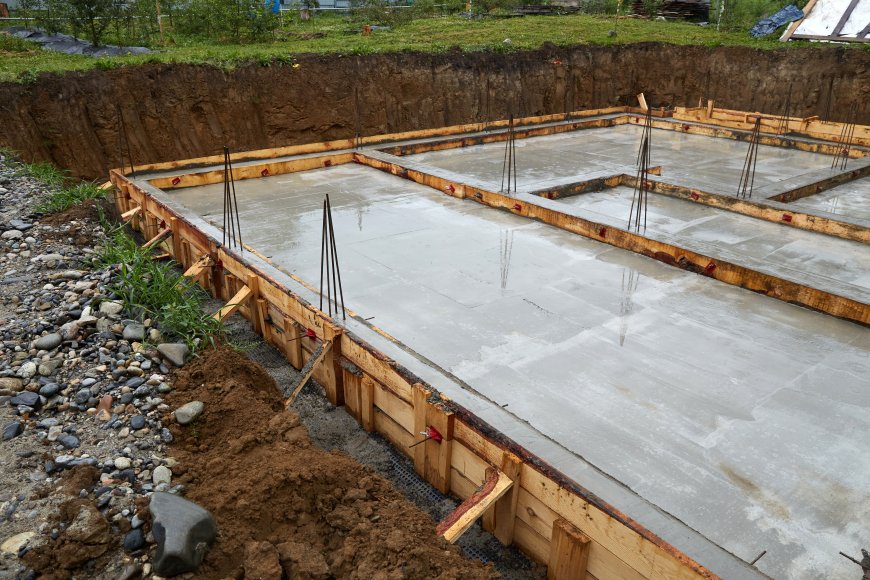
When it comes to water, the strategy has shifted from keeping water out to letting water pass through. For areas prone to flooding, architects are embracing two key techniques:
-
Elevated Foundations: Forget the old basement. New construction in coastal and riverside areas is often lifted on piers, stilts, or continuous walls (known as freeboards) to raise the finished floor safely above projected flood levels. This means the water can flow underneath without compromising the living space.
-
Sacrificial Ground Floors (Wet Proofing): In some commercial or mixed-use designs, the ground floor is built to be "sacrificial." That means it uses only materials that can be easily cleaned and dried—concrete, masonry, steel, and utility access points are raised. If the area floods, the structural integrity isn't ruined, and the cleanup is manageable.
Facing the Fury: Wind and Fire Resistance
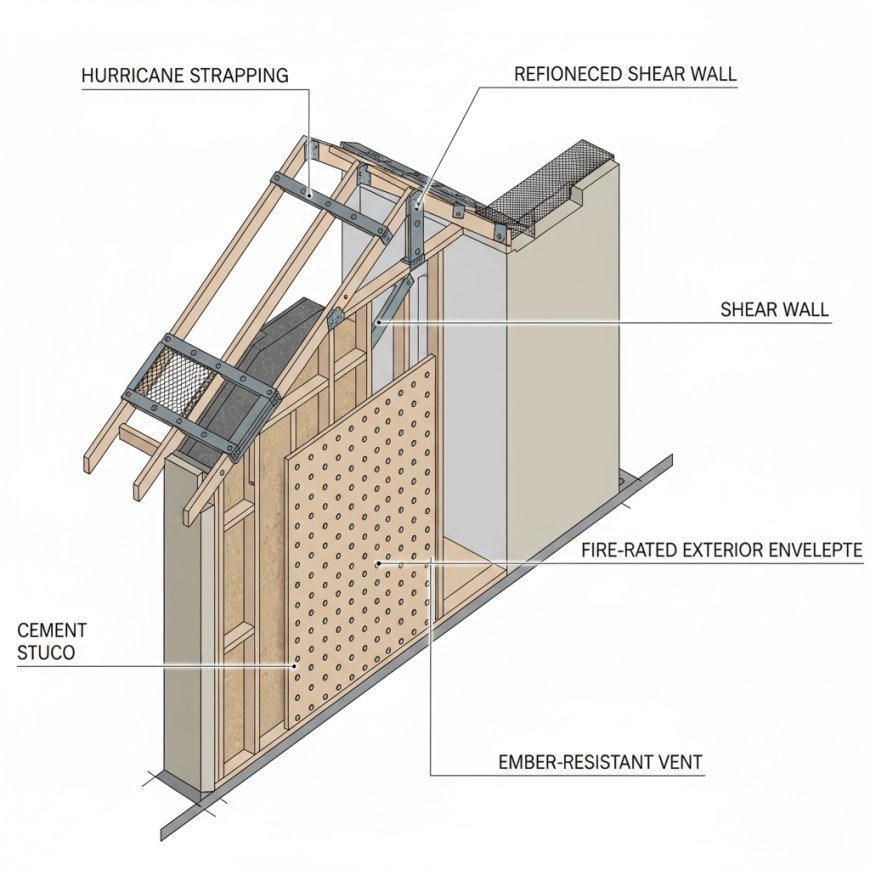
It's not just water; the intensity of windstorms and wildfire seasons demands tougher shell construction.
-
Hurricane Strapping and Shear Walls: In high-wind zones, simple connections between the roof, walls, and foundation are replaced with heavy-duty metal hurricane straps that create one continuous, tensioned structure. Inside, reinforced shear walls resist the lateral (sideways) forces of extreme gusts
-
The Hardened Envelope: In wildfire-prone regions, wood siding is out, and materials like fire-rated stucco, concrete, or fiber cement are in. Eaves and attic vents, which act as entry points for embers, are sealed or covered with fine-mesh screens to prevent fire ingress, effectively creating a hardened, ignition-resistant enve
Heat-Proofing the Interior
As summers get hotter, resilience is also about keeping the interior habitable without crashing the power grid.
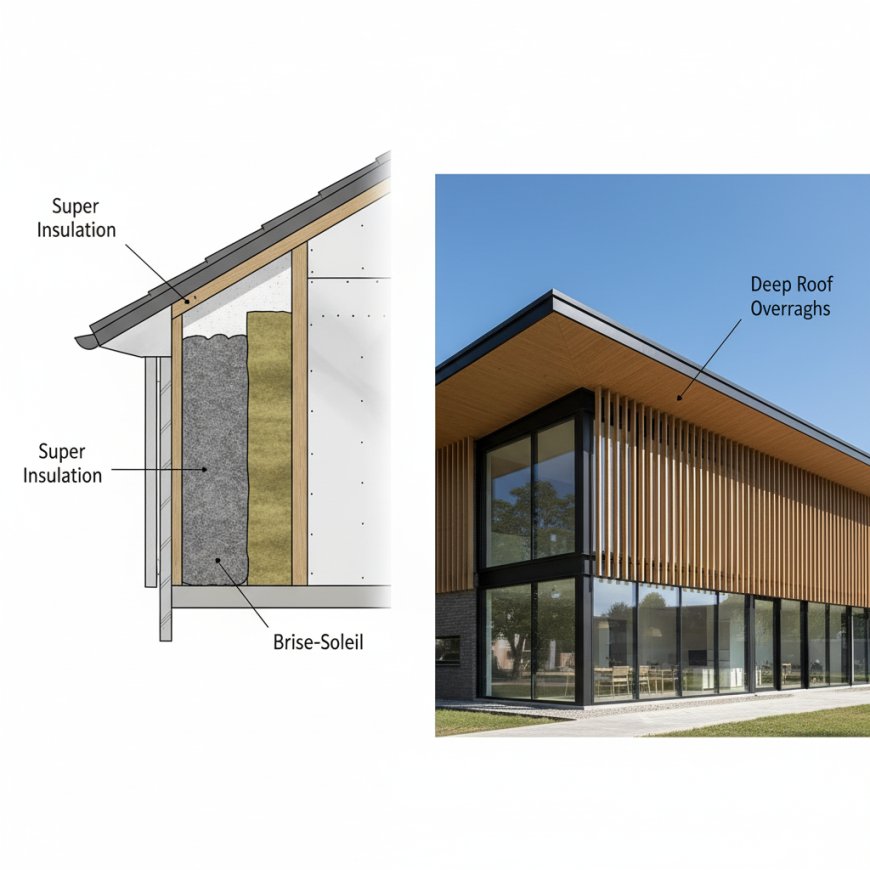
-
Super Insulation: Architects are using dramatically thicker walls and roofs packed with superior insulation to block heat transfer. This passive defense reduces the reliance on air conditioning.
-
Strategic Shading: Exterior measures like deep roof overhangs, fixed sun screens (brise-soleil), and deciduous trees are strategically placed to block high-angle summer sun while still allowing lower-angle winter sun for warmth.
Designing for resilience is essentially designing a house that can take a punch. It's about accepting the new climate normal and giving families structures that can stand tall when the worst weather hits.
What's Your Reaction?
 Like
0
Like
0
 Dislike
0
Dislike
0
 Love
0
Love
0
 Funny
0
Funny
0
 Angry
0
Angry
0
 Sad
0
Sad
0
 Wow
0
Wow
0























































































































































































